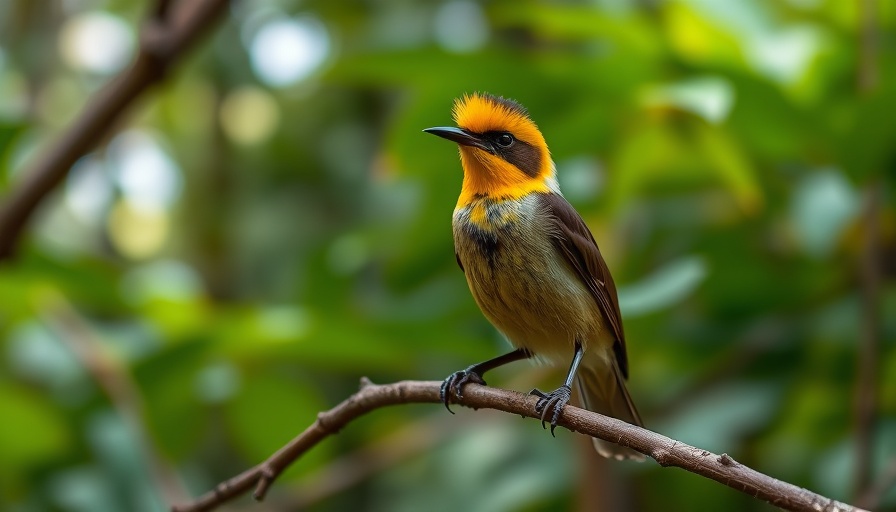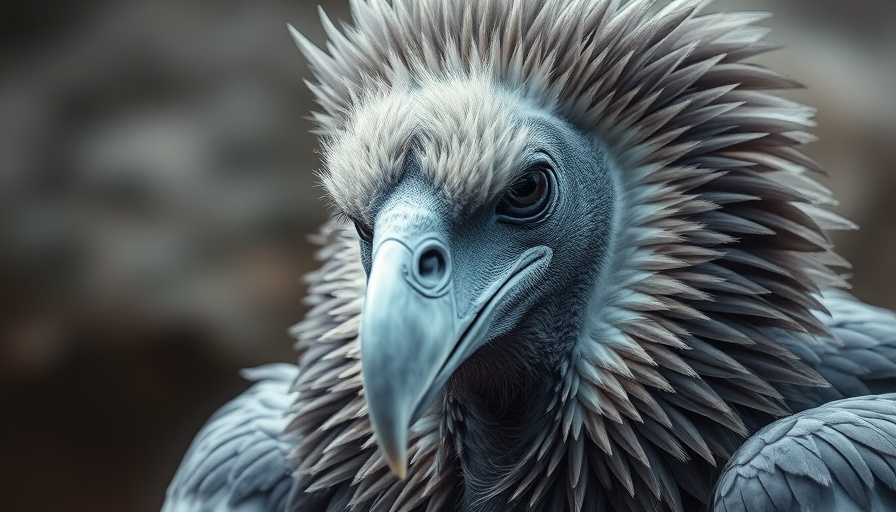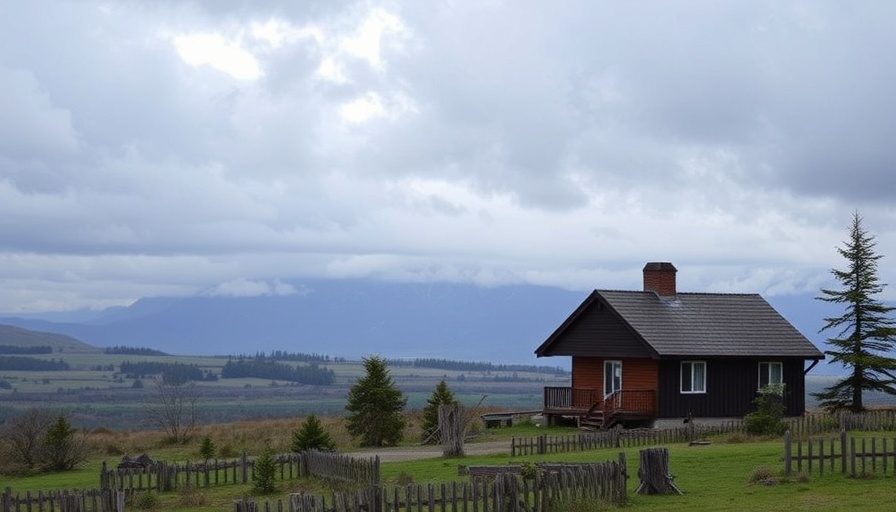
Dazzling Courtship Rituals of the Golden-Headed Manakin
Deep in the lush forests of Trinidad, the Golden-headed Manakin performs a remarkable courtship display that captivates all who witness it. This tiny bird, often overshadowed by larger avian species, proves that size does not determine the quality of a performance.
With its vibrant golden head and contrasting black and olive plumage, the male manakin catches the eye of potential mates with an elaborate dance. He begins by meticulously surveying his surroundings, ensuring the coast is clear for his performance. Once he spots a female, the show begins in earnest.
The Art of the Moonwalk: A Dance Worth Remembering
The defining feature of the male’s display is his unique moonwalk. This suave maneuver, besides being visually impressive, displays his agility and readiness as a mate. As he slides backward, tail-flicking and singing euphoric notes, he not only showcases his athleticism, but also his vitality. This riveting performance helps him stand out from other suitors in the competitive world of manakins, where a captivating presentation can mean the difference between mating success and failure.
Understanding Nature Through Bird Displays
The golden-headed manakin exemplifies how intricate nature can be. His displays are more than just mere performances; they are vital components of breeding strategies found across many avian species. Engaging in such dances helps maintain biodiversity by ensuring that only the healthiest and most capable genes pass on to the next generation. Observing these rituals allows bird enthusiasts and scientists alike to appreciate the complexity and beauty of avian life.
Connection to Broader Ecological Themes
The significance of the manakin’s performances extends beyond courtship; they serve as a reminder of the delicate interplay between animal behavior and environmental health. The habitats that support such fertile displays are increasingly threatened by deforestation and habitat loss. Thus, insights gained from watching these small wonders can encourage conservation efforts and raise awareness about the importance of safeguarding ecosystems.
As our understanding of these remarkable creatures grows, so does our appreciation for their roles in the greater ecological tapestry. The moonwalking manakin may be a small bird, but its impact reverberates through the forests of Trinidad and the hearts of those lucky enough to witness its enchanting dance.
 Add Row
Add Row  Add
Add 




Write A Comment